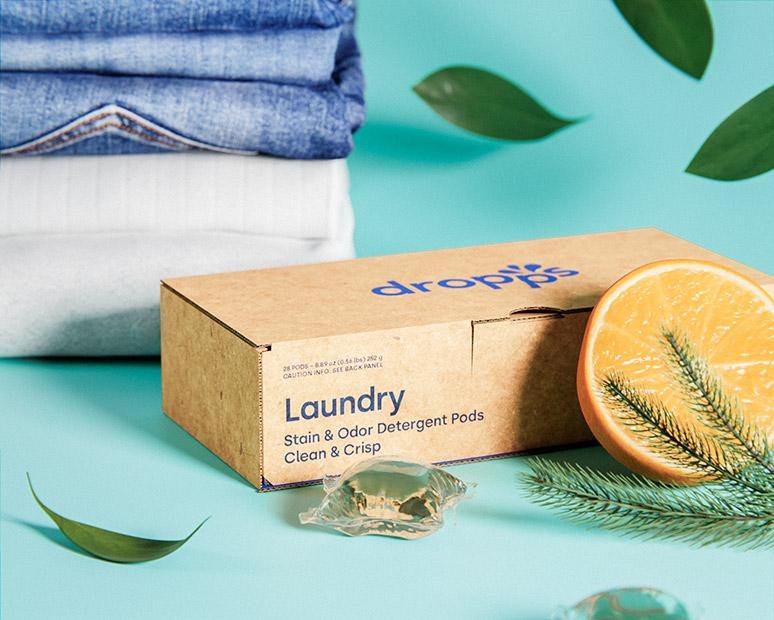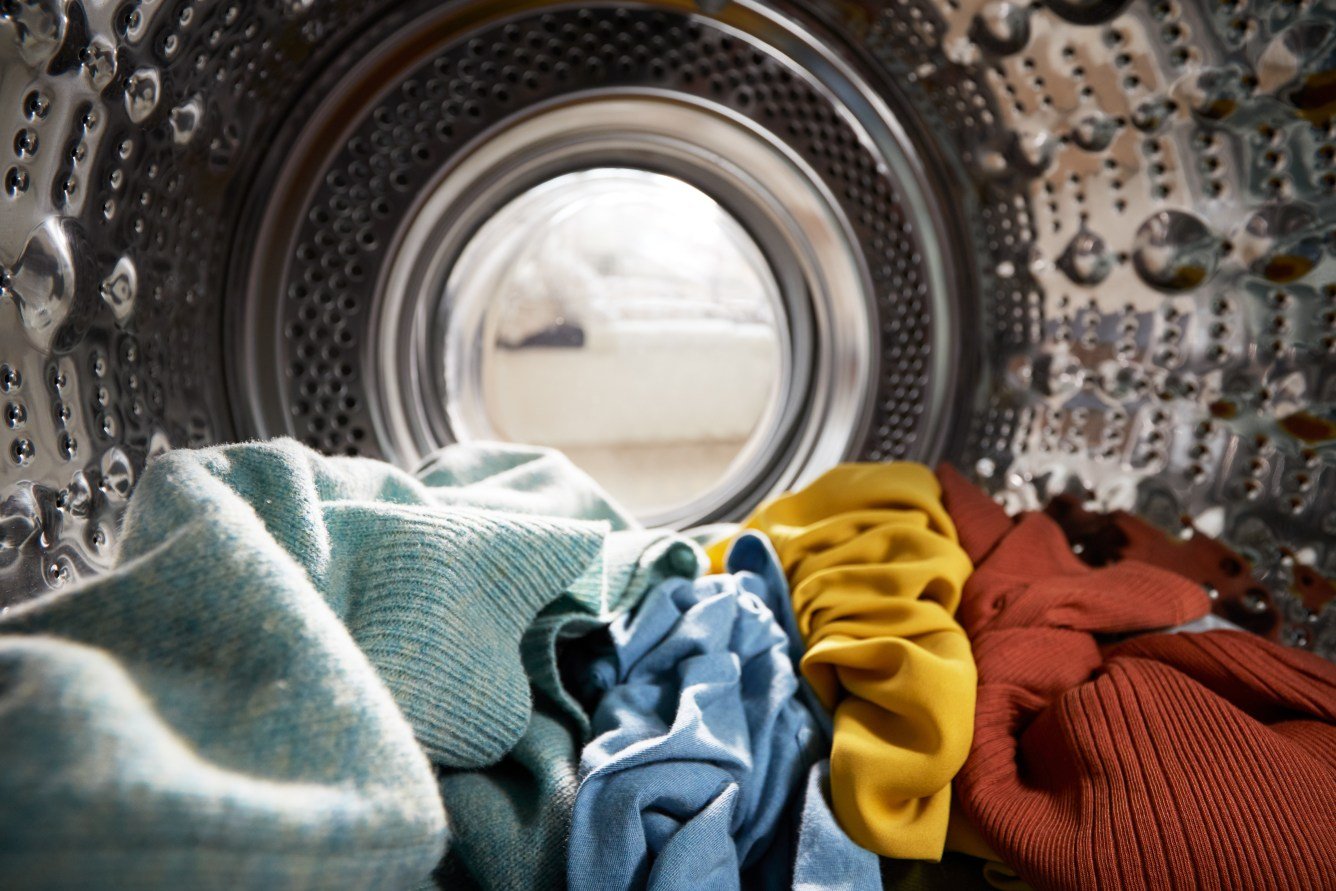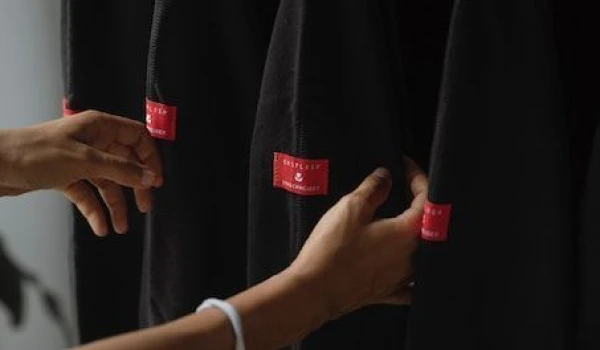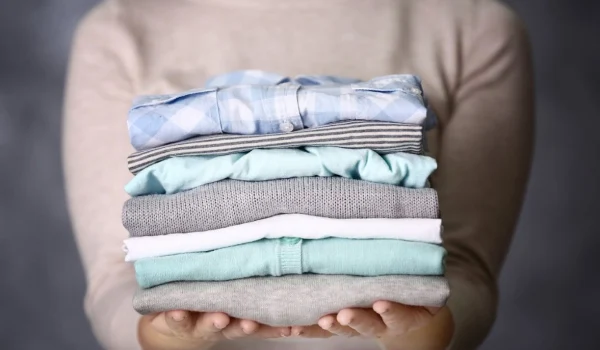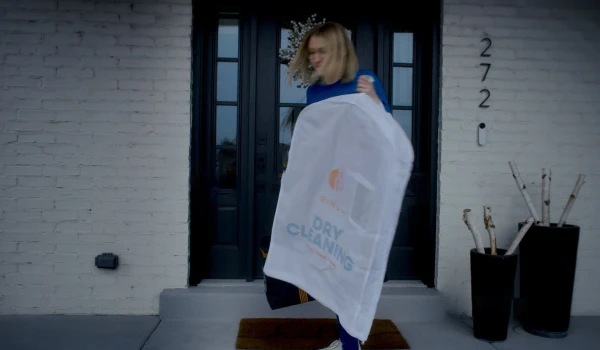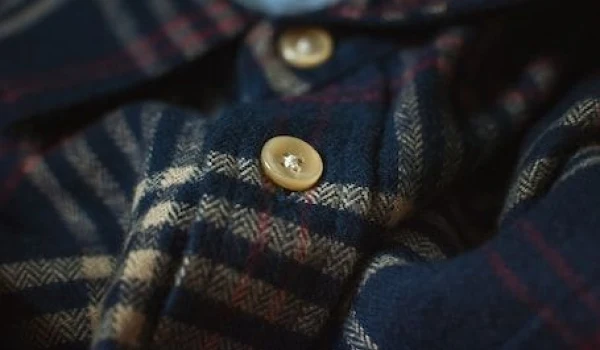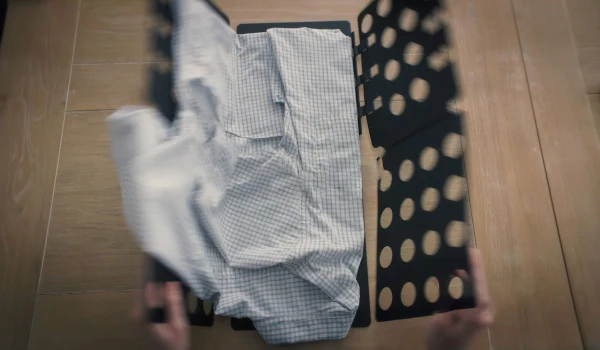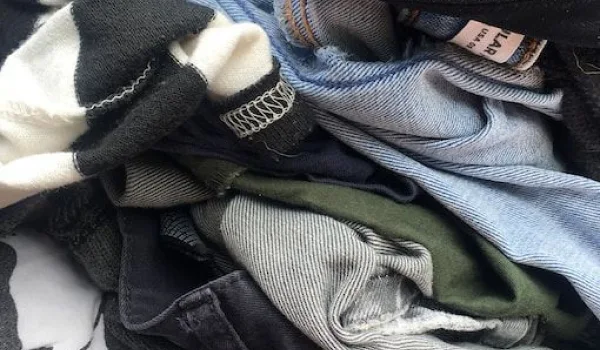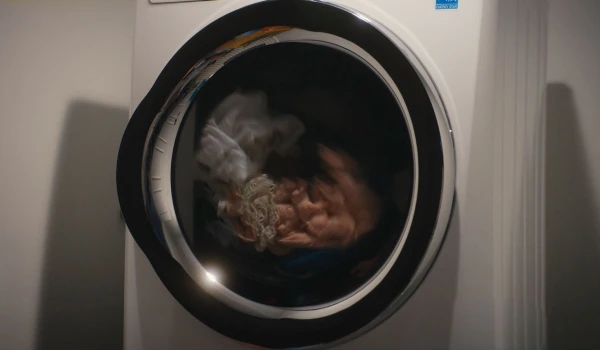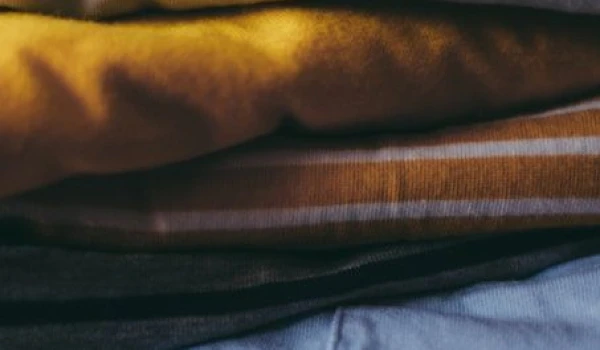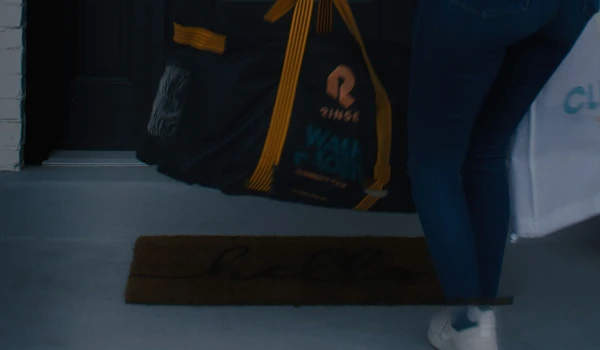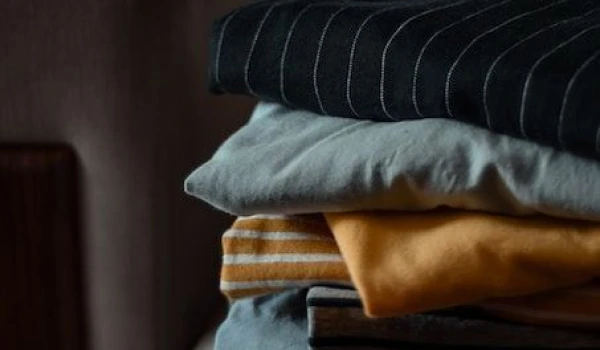Introduction
It may not be our favorite chore, but doing laundry is a recurring task that we must do. Perhaps you do it at home, at a laundromat, or through a laundry service, but the impact on the environment is present regardless.
Doing laundry consumes energy as considerable electricity is needed to power washing machines and dryers, water must be heated, and laundry detergents can contain harmful chemical byproducts (not to mention the plastic packaging it usually comes in). Overall, doing laundry can be quite harmful to the environment.
Luckily, there are several eco-friendly actions we can take to minimize the impact our cleaning practices have on our planet, while still enjoying clean and fresh clothes. Join us in going over 10 actions you can take today to make laundry greener and more sustainable!
10 Tips and Hacks for an Eco-Friendly Laundry
-
Wash less often: The easiest way to be more sustainable when it comes to laundry is to simply do it less often. Sure, some garments like underwear and socks need to be washed after each use, but this does not apply to others, such as jeans or sweaters. Not only that, but your clothes will also last longer as they are not going through the rigors of the washer and dryer as often.
-
Use cold water: Most laundry detergents or laundry pods sold today are designed to work just as well in cold water. Not only does using cold water reduce your utility bill (heating water is what consumes the most energy during a wash cycle), but it also protects your clothes from shrinking or bleeding. Switching to this eco-friendly practice sounds like a no-brainer.
-
Replace plastic jugs: Your favorite laundry detergent powder or laundry pods might only come in a plastic container or jug. While recycling is ideal, most of these containers are likely to end up in landfills. There are zero waste options available to avoid this, such as finding stores that offer laundry detergent or soap refill stations. Otherwise, purchase laundry detergent that comes in sustainable packaging, with minimal plastic. This also applies to laundry sheets or other chemicals used, such as brighteners.
-
Consider a front-loader: A front-loading washing machine uses less water than a top-loading equivalent. This means fewer resources are needed throughout the process – less water, less energy heating water, faster cycles, and less time in the dryer as clothes come out less wet from the washer.
-
Try using eco-friendly detergent: There are several laundry detergents with sustainable labels on them. They are often made without harmful chemicals and are biodegradable. They come in all formats, whether you prefer liquid laundry detergent, laundry sheets, or soap nuts. A brand we recommend is Dropps, which is made with plant-based ingredients and comes in cardboard packaging.
-
Experiment with natural detergents: Sometimes the best laundry detergent is one that you piece together. Avoid harsh chemicals and employ a DIY approach, such as using vinegar, baking soda, and lemon juice as stain removers. Soap nuts are also a favorite here – they are 100% natural and are anti-bacterial and anti-fungal. You can also laundry strip your items, especially towels. This technique involves using a few ingredients, such as borax, washing soda, and Calgon to deep clean.
-
Skip using fabric softener: There are some harmful chemicals in fabric softeners that are released into local water systems after a wash. For instance, phosphates can cause toxic algae to grow. Softeners also often contain fragrances that can transfer onto the skin and cause irritations, breathing difficulties, or issues with the reproductive system. Then there is the issue of dyes, which softeners or brighteners feature – these chemicals can also cause sensitive skin reactions, asthma, and have been linked as a carcinogen.
- Use a microfiber filter: Synthetic clothes (and especially sustainable clothes made out of recycled plastic) shed plastic particles when washed. Municipalities' water treatment plants are not equipped to filter these out, causing them to end up in waterways and soil. This causes great harm to ecosystems and our health. To prevent this, consider purchasing a filter or using a microfiber mesh bag to capture these micro-pollutants.
-
Embrace hang drying: Not using a dryer is a great way to save energy and keep your clothes' fabric preserved and in great shape. Using a clothesline or drying rack to air dry your laundry outdoors (if possible) will leave your clothes smelling fresh too.
- Procure wool dryer balls: The dryer sheet you use right now might be single-use, non-biodegradable or compostable, and full of chemicals. A sustainable alternative to this is wool dryer balls, which reduce static and wrinkles, accelerate drying time, and can even give your clothes a great scent if you spray them with essential oils.
Join the Green Laundry Revolution with Rinse
Another option you may consider is outsourcing your laundry and dry cleaning needs to a service provider that is sustainability-focused. For instance, the most widely used solvent in dry cleaning has historically been perchloroethylene ("perc"). While it is being phased out of the industry, it has been a slow process.
Instead of needing to check your provider, you should consider Rinse as a green service provider. Rinse is committed to an environmentally friendly cleaning process. We are 100% perc-free, work with cleaning partners with high-efficiency equipment, use biodegradable poly bags, and recycle hangers.
Not only that, but you can rest easy knowing your clothes will be laundered or dry cleaned with the care and quality our customers have come to love. They also mention that we save them 3 hours per load of laundry – time you can use more productively elsewhere!
Contact us at Rinse today to see our skill in action.


